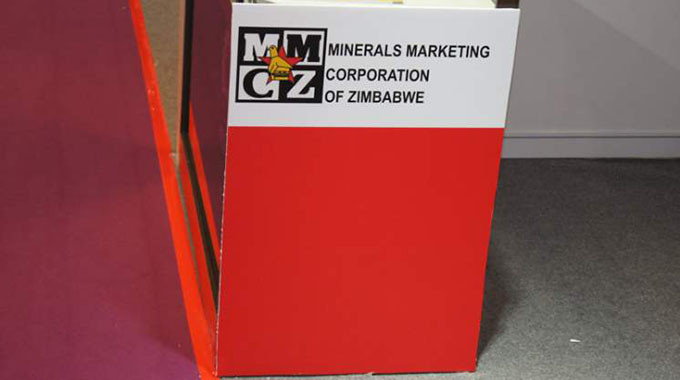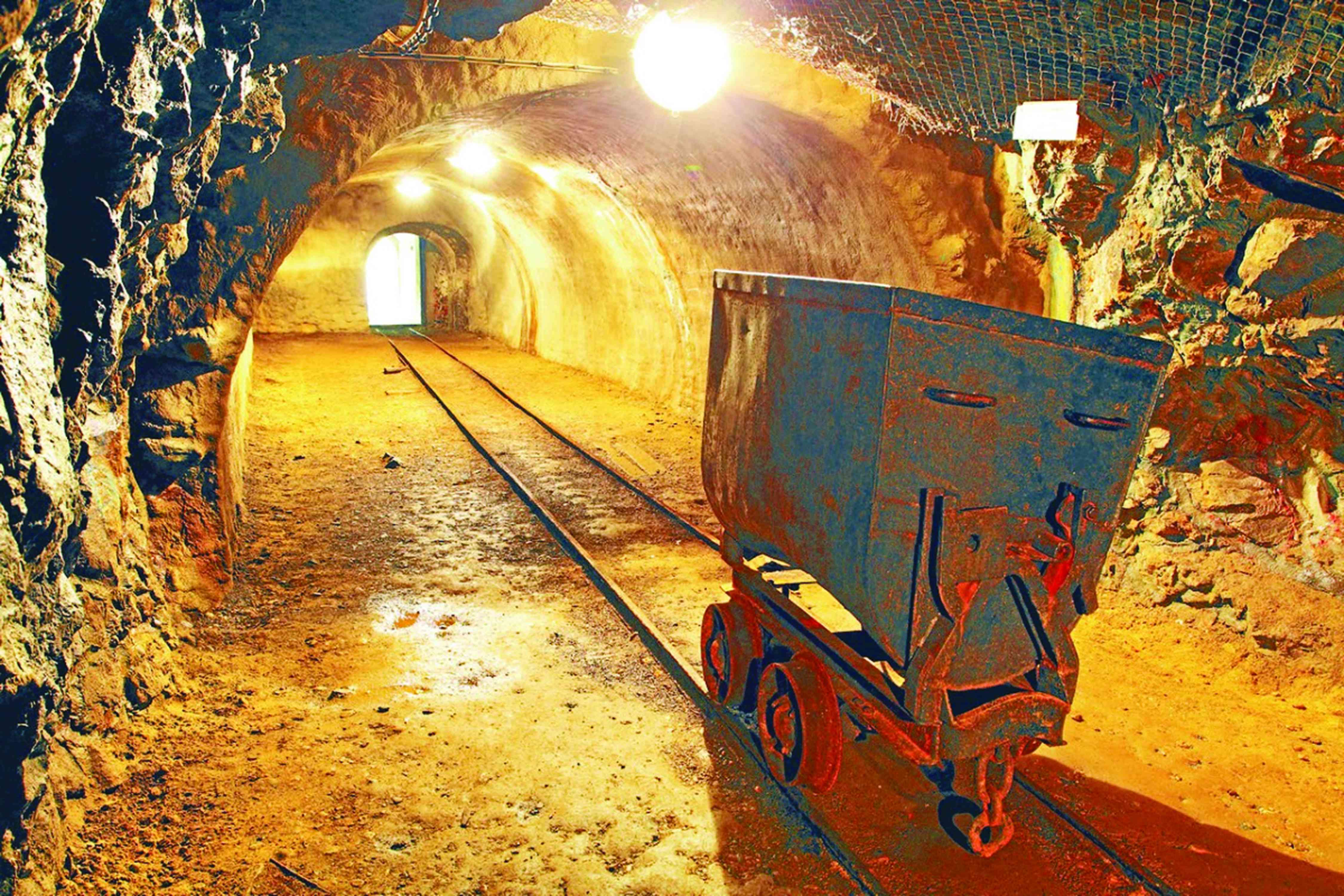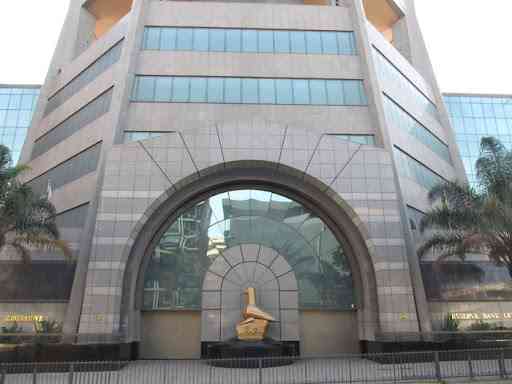
THE Minerals Marketing Corporation of Zimbabwe (MMCZ) has reported a robust increase in mineral sales volumes for the nine months to September, though revenue growth was tempered by softer global prices for several key commodities.
Zimbabwe exported 3,8 million metric tonnes of minerals during the period, a 14% increase from the 3,3 million tonnes recorded in the same period in 2024, according to MMCZ general manager Nomusa Moyo.
However, the value of these exports saw only a marginal rise, reaching US$2,4 billion, just 0,66% above the US$2,3 billion earned during the comparable period last year.
“This performance reflects steady export resilience in the face of significant pricing headwinds,” Moyo said in an update.
She cited a “dynamic” trading environment shaped by high domestic energy costs, logistics bottlenecks, and soft international commodity prices.
The report unveiled a dramatic shift within the high-value Platinum Group Metals (PGMs) sector, which remains a cornerstone of Zimbabwe’s mineral exports.
Traditional PGM concentrate exports saw a steep decline, with sales volumes falling 57% and value dropping 58% compared to the prior year.
However, this downturn was dramatically offset by a strategic pivot towards exporting more processed materials.
- Mavhunga puts DeMbare into Chibuku quarterfinals
- Bulls to charge into Zimbabwe gold stocks
- Ndiraya concerned as goals dry up
- Letters: How solar power is transforming African farms
Keep Reading
Earnings from PGM matte, a higher value product, skyrocketed to US$1,05 billion, accounting for nearly half of MMCZ’s total export revenue for the period.
This 50% surge in matte earnings from the previous year’s US$702 million demonstrated the corporation’s push towards beneficiation, a key government policy aimed at deriving more value from raw minerals domestically.
The performance of other key commodities painted a picture of an industry pushing volume growth to counter price pressures.
Zimbabwe capitalised on robust global demand for lithium, with export volumes jumping 27% to one million tonnes. However, the value of these exports fell 11% to US$386,9 million, directly reflecting a downturn in international spodumene prices.
The high carbon ferrochrome sector showed healthy growth, with export volumes up 21% to 328 442 tonnes, generating US$272,8 million.
The modest 8% increase in value indicates that prices, while firmer later in the quarter, have not yet returned to previous highs, according to experts.
The coke segment demonstrated solid, stable demand from regional steel markets, posting a 15% volume increase and a 12% rise in earnings to US$142,6 million.
Moyo noted the market outlook began to brighten towards the close of the third quarter, with prices for PGMs, ferrochrome, and chrome firming significantly.
“This rebound positions the corporation to meet its full-year export target,” she stated, “buoyed by strengthening global demand and renewed industrial activity in major consuming markets”.
Beyond sales figures, she highlighted MMCZ’s intensified efforts to combat mineral leakages and enhance accountability.
These measures include deploying officers at key border posts, instituting mandatory independent assaying of exports, and conducting numerous mine audits and joint enforcement operations with agencies such as the police and tax authorities.
Looking forward, the corporation expects granite exports to see steady growth and anticipates a stabilisation in the diamond market following global production cuts.
The strategic focus will remain on beneficiation and strengthening domestic value chains.











